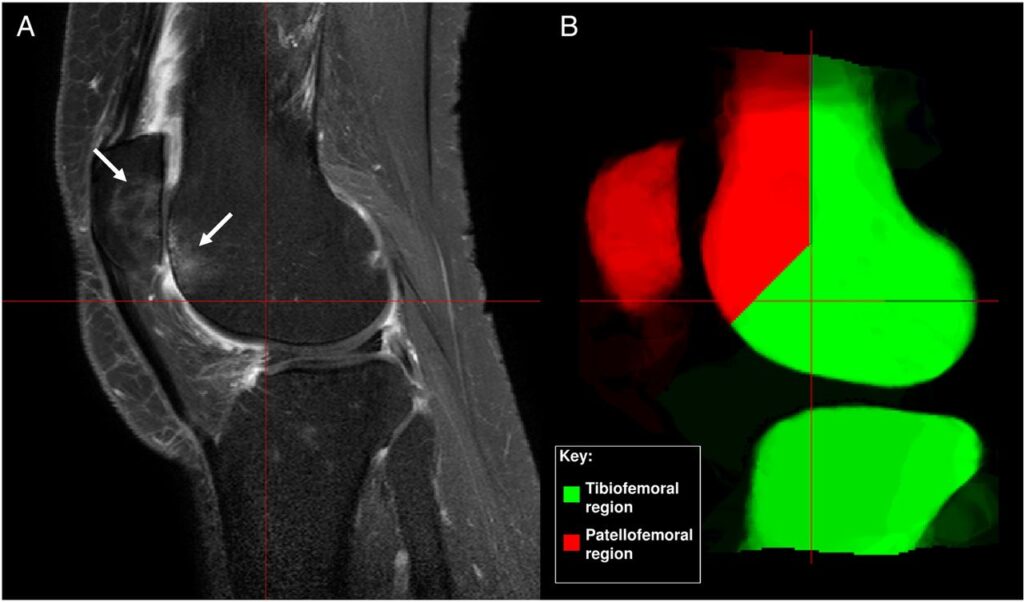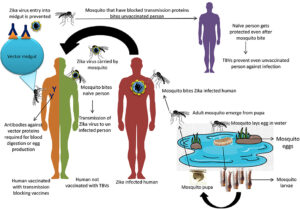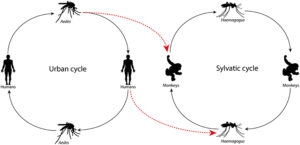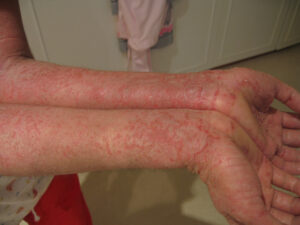Knee pain around the kneecap, commonly referred to as Patellofemoral Pain Syndrome or PFPS, is a prevalent issue that affects individuals of all ages and activity levels. This condition is characterized by discomfort or pain in the front of the knee, specifically around the kneecap area. It is often associated with activities such as running, squatting, climbing stairs, or sitting for extended periods with bent knees. While this condition is not typically linked to structural damage, it can significantly impact daily life and physical performance. Understanding its causes, symptoms, and treatment options is essential for managing and alleviating the discomfort associated with this syndrome.
Understanding Knee Pain Around the Kneecap
The kneecap, also known as the patella, plays a crucial role in the movement of the knee joint. It acts as a shield for the joint and helps enhance the strength and efficiency of the muscles around the knee. When pain arises in this area, it often indicates an imbalance or dysfunction in how the kneecap moves within the groove of the thigh bone, or femur. The resulting discomfort is what defines this specific type of knee pain.
What Causes Knee Pain Around the Kneecap?
Several factors can contribute to the development of knee pain around the kneecap. These include:
- Muscle Imbalances: Weakness or tightness in the muscles surrounding the knee, particularly the quadriceps and hamstrings, can lead to improper tracking of the kneecap. This misalignment increases stress on the joint and causes pain.
- Overuse: Repetitive activities that place excessive strain on the knee, such as running, jumping, or cycling, can irritate the tissues around the kneecap.
- Injury: A direct blow to the knee or a fall can cause inflammation and pain in the kneecap area.
- Poor Foot Mechanics: Flat feet or overpronation can alter the alignment of the leg, placing additional stress on the knee joint.
- Improper Training Techniques: Sudden increases in the intensity or duration of physical activity without adequate preparation can overload the knee joint.
- Anatomical Factors: Some individuals may have structural abnormalities in the alignment of their legs or kneecaps, making them more prone to developing this condition.
Symptoms of Knee Pain Around the Kneecap
The symptoms of this condition can vary from person to person but generally include:
- A dull, aching pain in the front of the knee, particularly around or behind the kneecap.
- Pain that worsens with activities such as squatting, kneeling, running, or climbing stairs.
- Discomfort when sitting for prolonged periods with bent knees, often referred to as “movie-goer’s knee.”
- A grinding or popping sensation when moving the knee.
- Swelling around the kneecap in some cases.
Diagnosing Knee Pain Around the Kneecap
To accurately diagnose knee pain around the kneecap, healthcare professionals typically conduct a thorough evaluation. This process involves:
Medical History
The doctor will begin by asking about the patient’s symptoms, including when the pain started, what activities aggravate it, and whether there was any prior injury to the knee. They may also inquire about the individual’s exercise routine, footwear, and any recent changes in physical activity.
Physical Examination
A physical examination is essential for identifying signs of muscle weakness, tightness, or misalignment. The doctor may assess the range of motion of the knee, palpate the area around the kneecap, and observe how the kneecap moves during specific movements.
Imaging Tests
While imaging tests are not always necessary, they may be used to rule out other potential causes of knee pain, such as fractures, arthritis, or cartilage damage. Common imaging techniques include X-rays and magnetic resonance imaging scans.
Treatment Options for Knee Pain Around the Kneecap
The treatment for knee pain around the kneecap focuses on reducing pain, improving function, and addressing the underlying causes of the condition. Most cases can be managed effectively with conservative measures.
Rest and Activity Modification
One of the first steps in managing this condition is to reduce or modify activities that exacerbate the pain. This may involve avoiding high-impact exercises like running and switching to low-impact alternatives such as swimming or cycling. Resting the knee allows the irritated tissues to heal.
Physical Therapy
Physical therapy is a cornerstone of treatment for knee pain around the kneecap. A physical therapist can design a personalized exercise program to strengthen the muscles around the knee, improve flexibility, and correct imbalances. Common exercises include:
- Quadriceps strengthening exercises, such as straight leg raises and wall sits.
- Hamstring stretches to reduce tightness.
- Hip-strengthening exercises to improve overall lower body alignment.
Pain Management
Over-the-counter pain relievers, such as ibuprofen or acetaminophen, can help alleviate discomfort and reduce inflammation. In some cases, a doctor may recommend topical treatments or corticosteroid injections for persistent pain.
Orthotics and Supportive Devices
For individuals with poor foot mechanics, custom orthotics or arch supports can help correct alignment issues and reduce stress on the knee. Additionally, knee braces or taping techniques may provide temporary support and stability during recovery.
Lifestyle Modifications
Making adjustments to daily habits can also aid in recovery. For example, maintaining a healthy weight reduces the load on the knee joint, while wearing proper footwear minimizes the risk of further irritation.
Preventing Knee Pain Around the Kneecap
Prevention is key to avoiding the recurrence of knee pain around the kneecap. Some effective strategies include:
- Gradually increasing the intensity and duration of physical activities to allow the body to adapt.
- Incorporating regular stretching and strengthening exercises into your routine to maintain muscle balance.
- Using proper form and technique during exercise to minimize stress on the knees.
- Wearing supportive footwear and replacing worn-out shoes promptly.
- Avoiding prolonged periods of sitting with bent knees, especially on hard surfaces.
When to Seek Medical Attention
While knee pain around the kneecap is often manageable with self-care and conservative treatments, there are instances where medical attention is necessary. These include:
- Persistent pain that does not improve with rest and home remedies.
- Significant swelling, redness, or warmth around the knee.
- Inability to bear weight on the affected leg.
- Locking or instability of the knee joint.
If any of these symptoms occur, it is important to consult a healthcare professional for further evaluation and treatment.





